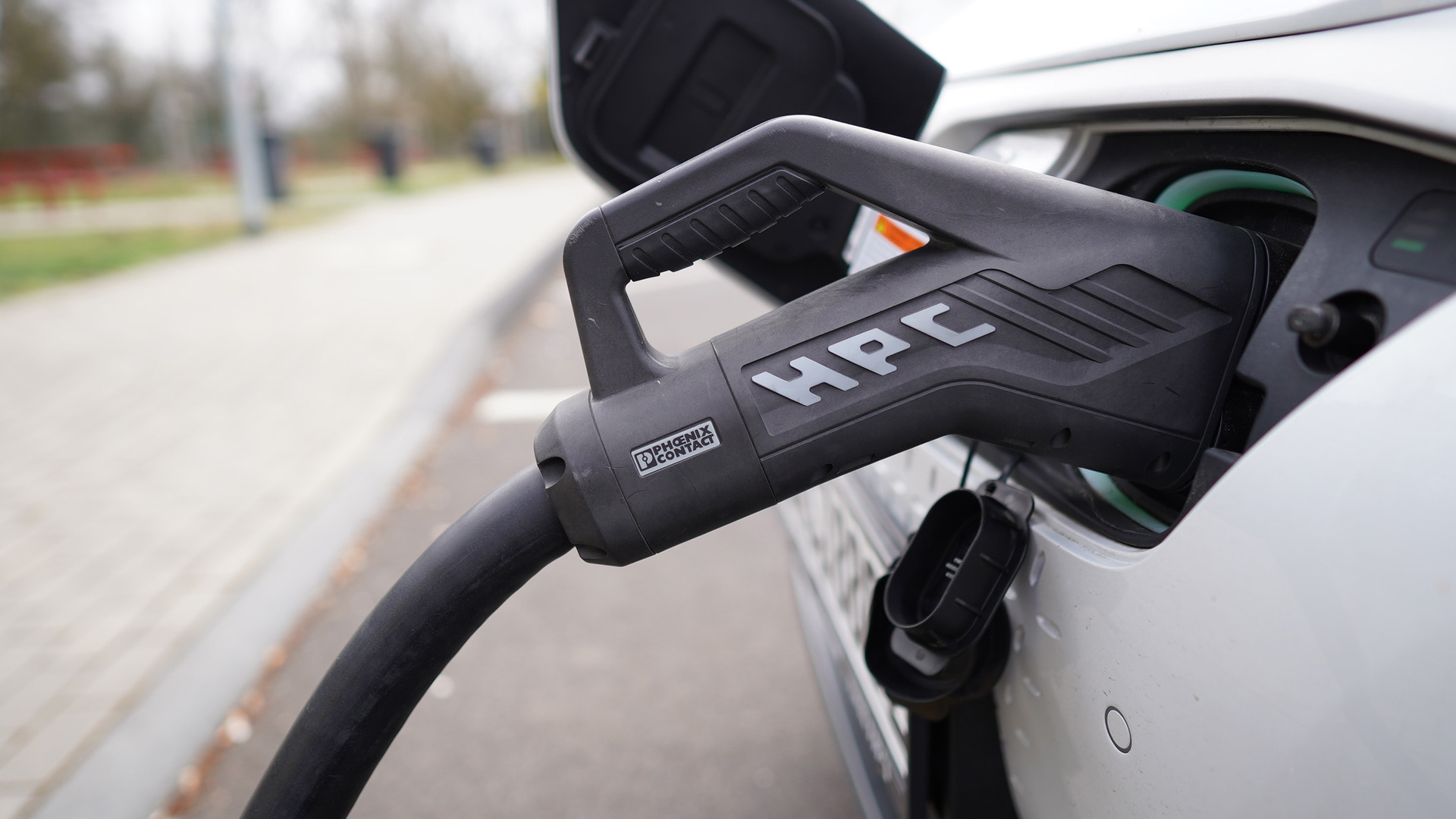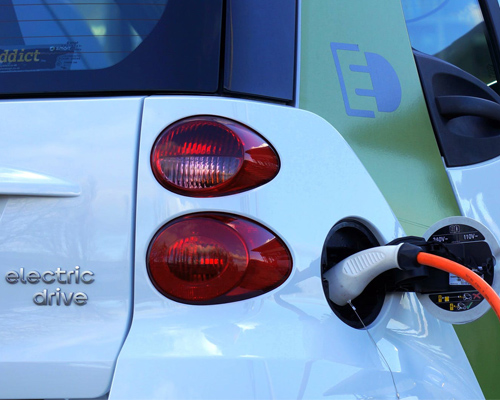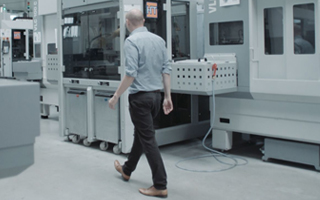Is There An EV Gender Gap? Why Female Drivers Are Reluctant To Go Electric
10th August 2023
MAT Foundry have long written about the gender gap in engineering but does a similar chasm exist when it comes to electric vehicles?
Two recent studies suggest females are at best hesitant when it comes to the electrification of the automFraotive industry.
It’s research that will set alarm bells ringing at the heart of Westminster, where talk abounds that the much publicised 2030 switchover may have to be pushed back.
So just how sceptical are women drivers and what’s behind an apprehension to go electric?
Women and Electric Vehicles – The Data

The newer of the two reports, which were both published this summer, was commissioned by Bonnet, a well-known EV charging app.
Developers quizzed 2,065 EV motorists and were astonished to find only one in ten respondents were female (11%).
As with all such surveys, some caveats need to be applied.
To begin with, 6.3% of drivers failed to specific a gender, while 0.3% answered ‘other’. Even so, these findings point to an imbalance bordering on the critical.
For context, despite 46% of all UK driving license holders being women, 82.4% of respondents in this study were male.
That’s so big a divide it points to an underlying issue but what could that be?
The EV Gender Gap Explained

Reasons are put forward in the second piece of research, this conducted jointly by Auto Trader and Hive. Their ‘No Driver Left Behind: Women and the Journey to Electric’ too found an EV gender gap.
It went several steps further however in identifying root causes.
Amongst those were a lack of knowledge.
Surprisingly, given women are credited with being the more sustainability conscious of the two sexes, 62% of females admitted they don’t know enough about EVs to be confident buying one.
Cost also came into consideration. Of those polled, 72% of women stated they felt electric vehicles were too expensive. Similar reservations were voiced on actual running costs, separate to the initial purchase… not that anyone pays sticker price!
And then there’s those lingering doubts around range anxiety. Half of those sampled shared fears their car wouldn’t be charged when they need them most or – worse still – they’d be caught short on the motorway.
Those findings speak for themselves, but something should also be said for safety. There is a growing narrative that women feel vulnerable when charging EVs out and about. This is a theory that Ginny Buckley, founder of Electrifying.com believes holds credence.
“Our own data tells us that nearly 25 per cent of people have felt unsafe when charging in public. This is clearly a huge issue, particularly for women, as plugging in an electric car should be as safe, easy and reliable as refilling it with fuel”.
Convincing The EV Sceptics

Safety is a real and valid concern but there is evidence to suggest those separate fears are overstated.
Indeed, the same Auto Trader/Hive report found that 80% of female EV drivers would happily buy another vehicle of the same mould.
Furthermore, 81% said they would recommend an EV to a friend.
What does this tell us? That the prospect of going fully electric is far scarier than the reality and that female drivers quickly adjust.
This assertion will not be lost on government officials who must work tirelessly over the next seven years to allay concerns and bridge an undeniable gender gap.
But how can this be done? Educational pieces will be essential but so too test drives. Promoting the latter through targeted campaigns may help to bridge this divide.
One thing's for certain, without the buy-in of women, a mass of adoption of EVs is impossible.
The Affordability of Electric Vehicles
Away from gender, the affordability of EVs may be another blocker.
Referring back to the aforementioned Bonnet study, there is a clear correlation between earnings and ownership. There is no question that households boasting a higher income are far more likely to have an EV parked on their drive.
Indeed the numbers speak for themselves.
30.5% of owners canvassed earned in excess of £81,000.
Half of respondents meanwhile brought in more than £50,000 a year, while 16.8% are bringing home £100,000.
When you consider the average UK salary currently stands at £33,000 this points to something akin to a lockout.
As if to prove that point, less than a quarter of people surveyed (24.4%) were on less than £40,000 per annum.
Right now – and presumably up until at least 2028 – it’s safe to assume those on lower incomes will revert to buying petrol cars.
This has created somewhat of a stalemate. The electric vehicle landscape will no doubt shift over the next decade, making models more accessible and affordable in equal measure, but right now they appear unattainable to a large percentage of motorists.
There is work to be done to ensure EVs aren’t perceived as cars exclusive for rich males.







